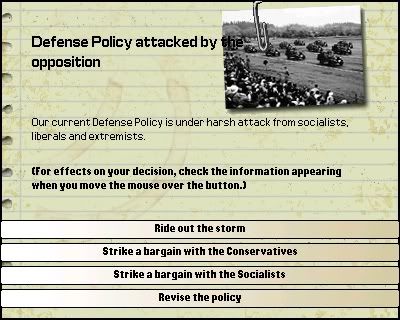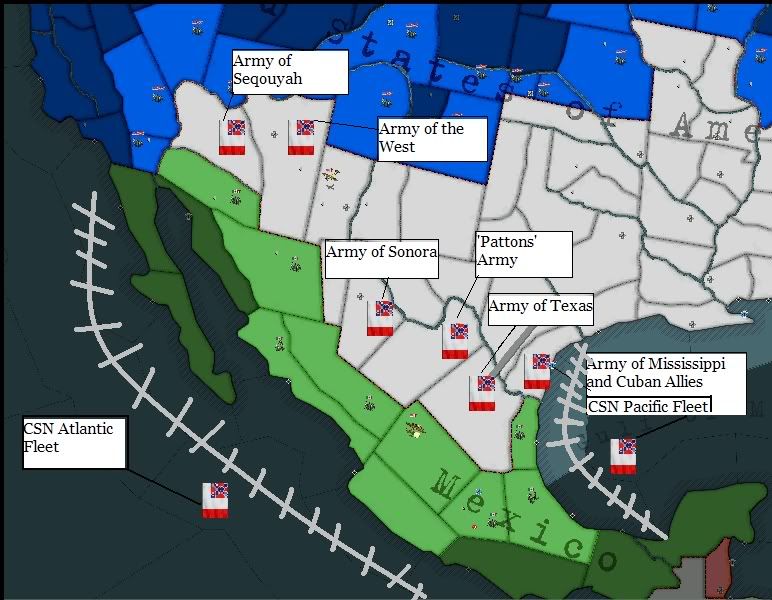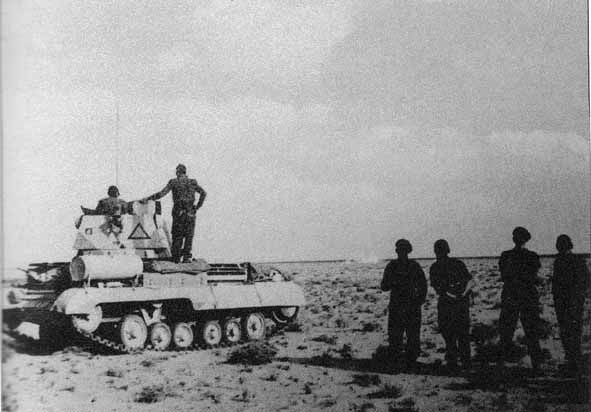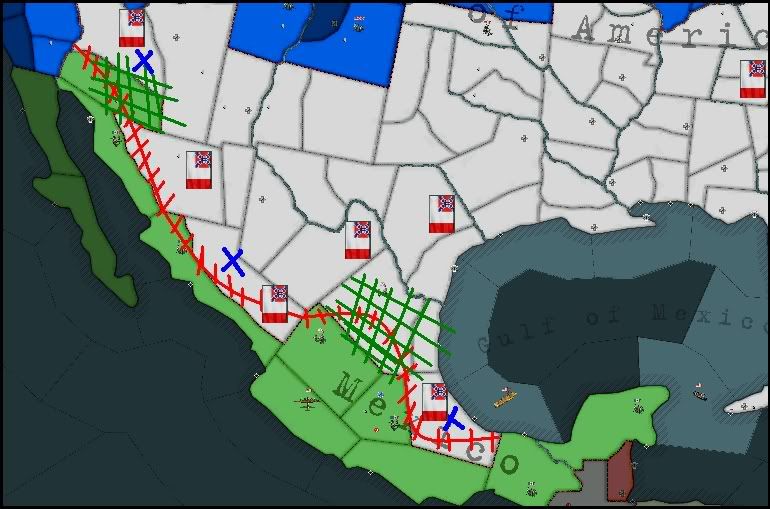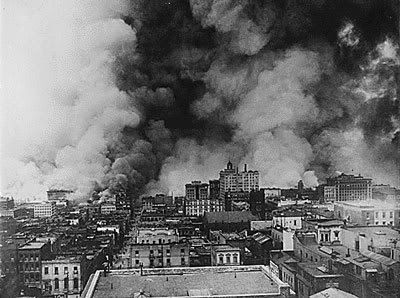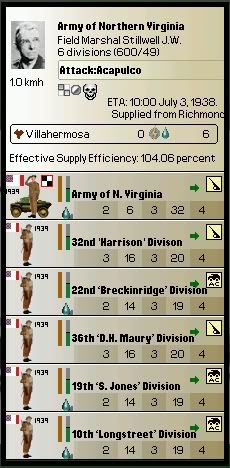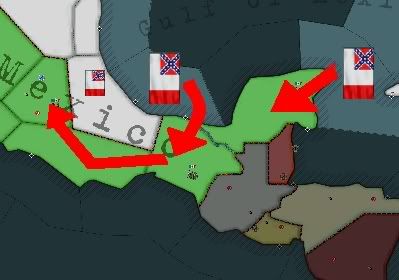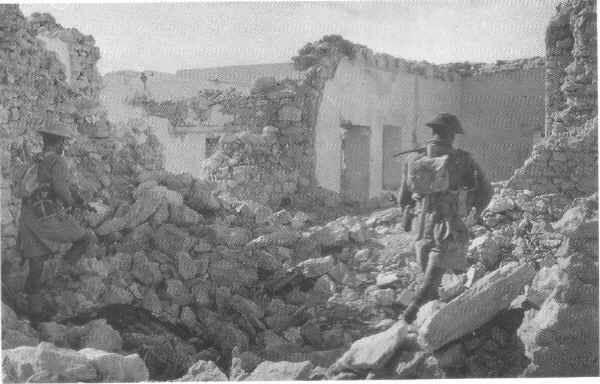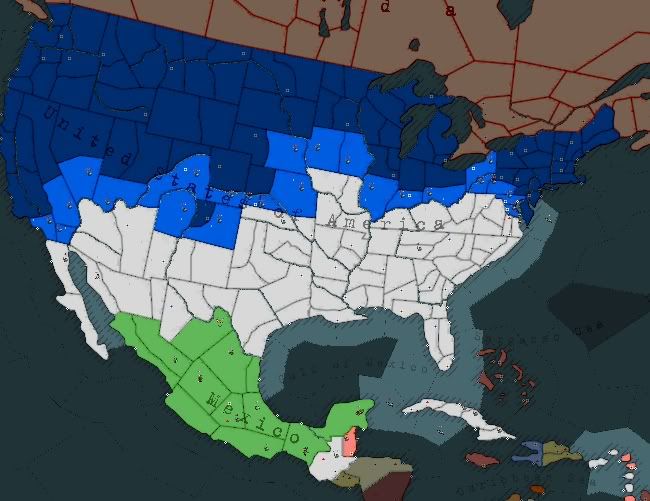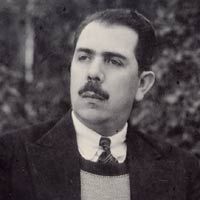Nimitz found a way to take the upper hand in the struggle against Mexico. Could he have also possibly found the upper hand in a power struggle against Patton?
This has the potential to be a long and difficult war, indeed.
This has the potential to be a long and difficult war, indeed.


